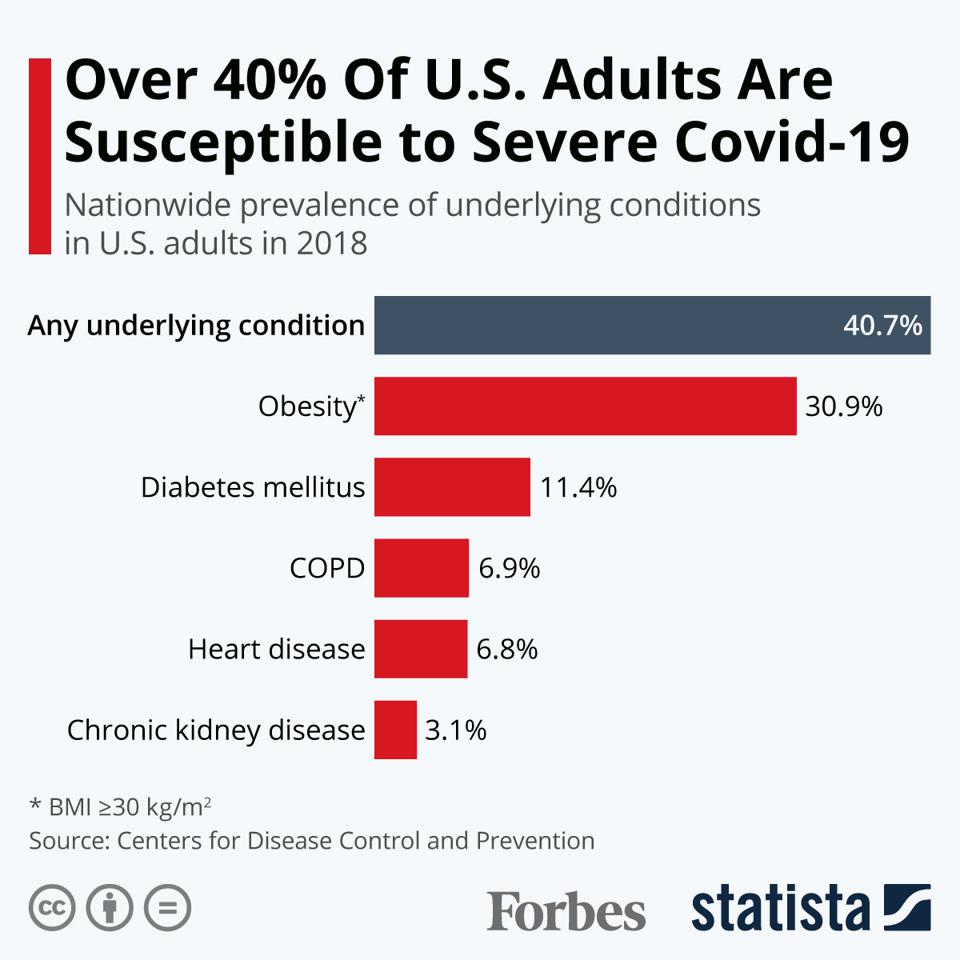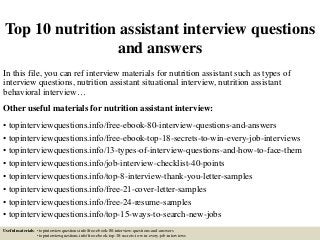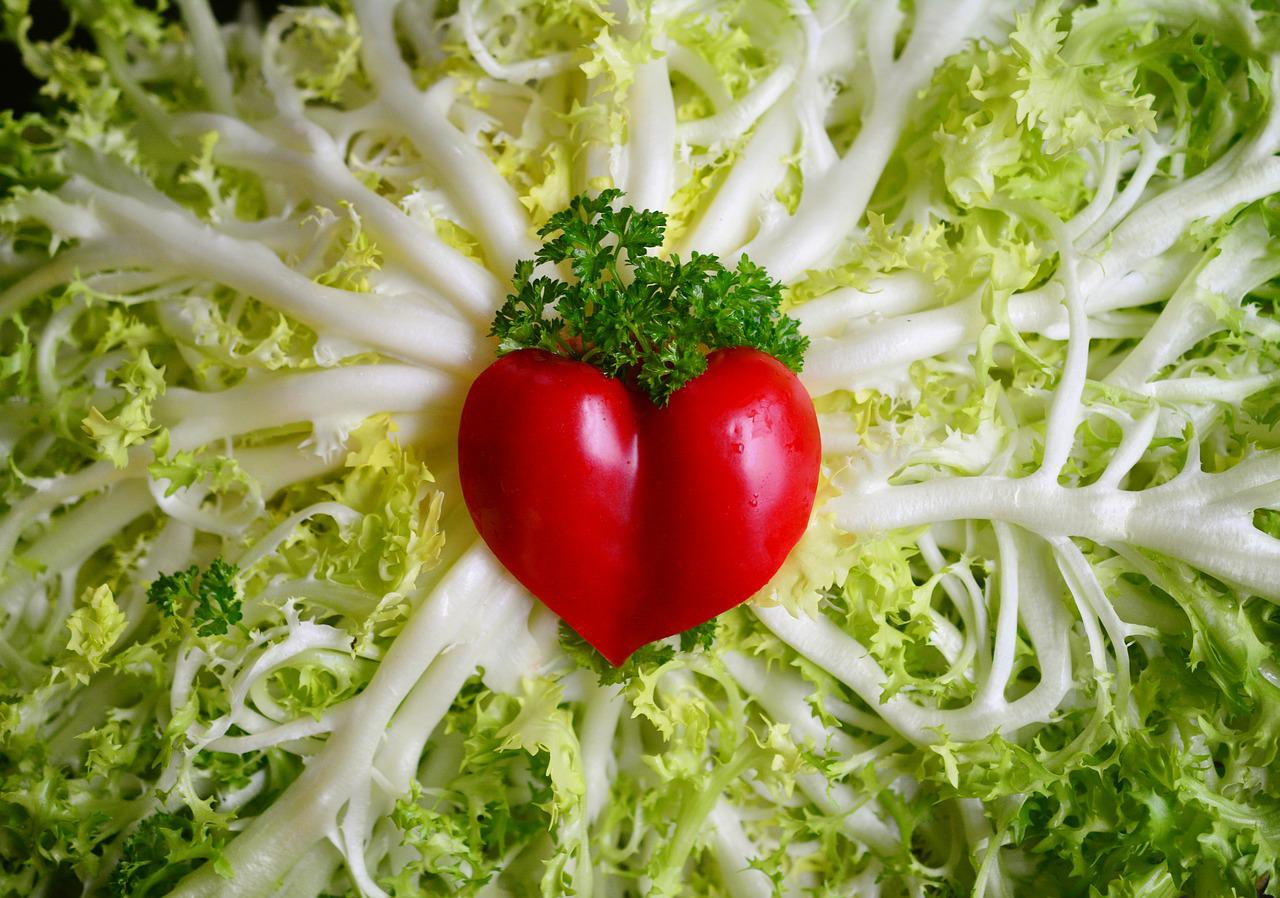
A school PTA is able to do many things. It can boost the morale of administrators and teachers. PTAs can create a positive environment between parents, teachers and students. PTAs can, for example give school supplies and small prizes to teachers. PTAs' activities can help students and teachers no matter what their function is.
A PTA is a great asset to a school. It improves the school's climate, and it brings together parents, teachers, and staff. Strong PTAs have higher attendance and lower dropout rates. Parents who are invested in their children's education are more likely than others to ensure that they attend school. PTAs offer many benefits. The following are just some of many benefits you get from joining a PTA school.

A school PTA can help the school with its work by promoting important issues to the community. They can also support the school's curriculum and other matters. If a school has a PTA active, it can help improve its reputation. A school's PTA is an asset. However, it can also be detrimental to the school's educational system. As such, it is important to remember that the school PTA is not a replacement for the principal.
The recognition that school PTAs receive is another benefit. By getting involved, parents can improve the school's culture. PTAs can also assist students with extra help in school. PTAs used to be more likely than they are now to provide support for students and schools. However, they were less influential and difficult to recruit new members due to their inactivity. This is because the PTA was not recognized as a professional organization, but as a volunteer group.
PTAs are an invaluable resource for the school's community. The members of the PTA can raise funds for school activities. They can organize fundraising events or sponsor other school events. With the support of the entire school community, a PTA can grow to a significant size. Being transparent and open about your PTA goals and what issues are important to the school is the best way to establish one.

PTAs have many benefits for schools. PTAs are required to have a webpage explaining their role, responsibilities and how they can be involved. You can sign up for the PTA's social media channels or visit one of their websites. You can also get involved in the school's community through a school pta. It is a great idea to increase the involvement of parents in schools.
FAQ
Is it possible to drink alcohol while training?
Yes. Alcohol has increased energy expenditure, speed up recovery time, and reduced soreness.
Additionally, alcohol can increase insulin sensitivity and make it easier to absorb glucose.
However, alcohol can lead to dehydration that can slow down your metabolism. You may also experience a reduction in testosterone production which can lead to decreased muscle-building potential.
These are the reasons women should not drink alcohol before going to work out. Women who have consumed a lot of alcohol should wait at most 24 hours before working out.
It is important that women who are nursing avoid alcohol.
Men should limit their intake to one drink per day.
Can I go to the gym 7 days a week?
Yes, you can go to a gym seven days per week. But not all at once. You must find a time you can do it without feeling exhausted and depleted.
This will help you remain motivated and have more energy to do other activities.
You also need to ensure that you eat well enough during these times. This will ensure you don’t feel tired and sluggish going to the gym.
Last but not least, ensure there are no other people competing for your time. Consider avoiding exercising on school night if you have small children. This will keep your attention from your workout.
Which workout is best to build muscle?
Two main types of exercises are required for building muscle mass. These include isolation exercises and compound movements. Isolation exercises target particular muscles, while compound movements focus more on several groups at once.
You can improve your workouts by choosing exercises that challenge all major muscle groups. This will ensure that you work hard every session.
To keep track of what you have done, use an app called MyFitnessPal. It lets you log everything from calories burned and weight lifting. You can even create customized meal plans that are based on your goals.
Are There Any Benefits to Yoga?
Yoga has been around since ancient times, and it has recently gained popularity. Celebrities and ordinary people love yoga.
Yoga is great for strengthening and stretching your muscles. It calms you down and relaxes you.
Yoga is more focused on breathing than other forms of exercise.
For balance and flexibility, there are many poses you can do.
How Metabolic health is key to aging well
People are living longer today than ever. They are also becoming more sick as a result. While medical science has made incredible advances, it's becoming increasingly obvious that the current approach is not working.
It is time to change the way we view health and aging. Healthful aging requires that we start to think about metabolic health, which is not only weight loss but overall well-being.
To live a full and active life, your metabolism should be healthy all your life.
The good news? There are many things you can do to improve your metabolism. One of those ways is to incorporate these 7 foods into your diet:
-
Resveratrol has been proven to increase cellular longevity. They also contain vitamins C & E, as well as antioxidants.
-
Beans such as pinto beans and lentils provide excellent fiber and plant protein. These nutrients help to keep blood sugar levels constant so they don't spike and crash.
-
Broccoli is rich in sulforaphane. Studies have shown that it protects cells from DNA damage. It might even slow down the progression of cancer.
-
Chia Seeds contain high levels of fiber and omega-3 fat acids. They are rich in protein and antioxidants. All of these nutrients help promote heart health, brain function, and gut health.
-
Green Tea has polyphenols called catechins. The catechins in green tea have been linked to reduced bone fractures, cardiovascular disease, cognitive decline, and diabetes risk.
-
Salmonis high in protein and rich in vitamin D is one of the most popular sources of lean proteins.
-
Walnuts are rich in omega-3s as well as antioxidants such alpha lipoic acids (ALA). ALA protects against inflammation and boosts energy production.
How many calories do I need to eat each day?
This varies from person to person. An average person needs 2000-2500 calories per day. Based on your age, gender, height and activity level, you will need to calculate how many calories you require.
Statistics
- 10 pounds in a month is likely during a lean bulking phase, especially for beginners. (muscleandstrength.com)
- According to the American Academy of Dermatology (AAD), men over 50 are at a heightened risk of developing it. (healthline.com)
- According to the American Heart Association, blood pressure should be checked at least once every two years, beginning at age 20. (my.clevelandclinic.org)
- Get free shipping and 25% off today. (healthline.com)
- By John Thompson Take a whopping 38% off a set of PowerBlock Pros. (menshealth.com)
External Links
How To
How do I lose fat by exercising?
Exercise can help you burn calories and increase your metabolism.
Exercise at a moderate intensity to safely lose weight.
To burn fat while exercising, follow these tips:
-
Cardio exercises include walking, running, swimming, cycling, running and jogging.
-
Exercise for 30 minutes three times per week.
-
If you want to lose more weight, add strength training to your routine.
-
Avoid intense training. It's possible to build muscle, but not lose it.
-
During exercise, drink plenty of water. Water flushes out toxins, and keeps your body properly hydrated.
-
After working out, drink low-fat protein shakes. Protein shakes can help boost energy and repair muscles.
-
You can eat smaller meals throughout the day so that you don't feel hungry in between meals.
-
Don't skip breakfast! Skipping breakfast can leave you feeling tired and sluggish.
-
Take care of your mind. Stressful situations can affect your metabolism.
-
Keep a positive attitude. Studies show that people who believe they are overweight gain more weight then those who think they are attractive.
-
Sleep enough. You will have a harder time losing weight if you do not get enough sleep.
-
Always be active. Move around at least once an hour.
-
Maintain a healthy diet. Eating right keeps you feeling full and satisfied longer.
-
Find ways to relax. Relaxing doesn't mean your body releases stress hormones which cause muscle tissue to be destroyed.
A balanced diet provides all the nutrients necessary for growth and development.
You should eat six small meals per day rather than three large ones. This allows your body time to digest what you've eaten.
Calcium is required to support strong bones. Calcium is found in dairy products like yogurt, fortified milk beverages, orange juices, cereals and bread.
Calcium is found in leafy vegetables, beans and tofu, as well nuts, seeds and cheese.
Vitamin D is required for calcium absorption. It's found in fatty fish, egg yolk, and some fortified foods.
Vitamin E plays an important role in skin health. It can be found as a vegetable oil, wheat germ, peanuts or almonds.
Your body requires zinc for normal immune function and wound healing. Zinc is found in seafood, oysters legumes meats, whole grains, whole grains and meats.
Zinc deficiencies can lead to fatigue, decreased appetite, depression, and reduced immunity.
Sugar intake can lead to insulin resistance which causes blood glucose levels to rise. Insulin resistance leads to weight gain.
When there is a high level of free radicals, insulin resistance can develop. Free radicals are molecules with unpaired electrons that damage cell membranes and other parts of the body.
Most free radicals come from pesticides herbicides, food additives, preservatives smoking, radiation, chemical in cosmetics, lotions and household cleaning supplies.
Free radical damage can cause cancer, heart disease and diabetes, as well as arthritis, asthma, and other diseases.
A well-balanced diet rich in antioxidants is the best way for you to avoid free radical damage. Antioxidants protect against oxidative damage.
Vitamin C (found on citrus fruits), Beta carotene, found in carrots and sweet potatoes, spinach and broccoli, cantaloupe (found in tomatoes, mangoes and peppers), and Vitamin E (found nuts, olive oil and avocados).
Selenium, manganese (and zinc) are other antioxidant nutrients.
Selenium helps protect cells from oxidative damage caused by free radicals. Selenium may be found in Brazil nuts as well tuna, liver and kidneys. It can also be found on shrimp, cod, turkey, beef lamb, pork, chicken, and other foods.
Copper protects your eyes, brain, eyes and red blood cell. Copper can be found in shellfish and poultry as well as meat and organ meats.
Manganese plays an important role in bone structure. Manganese is found as a component of bone structure in brown rice (spinach, bananas), prunes, raisins and oatmeal.
Zinc helps with normal growth, reproduction, as well as wound healing. Zn is found in lean meats, poultry, white fish and eggs.